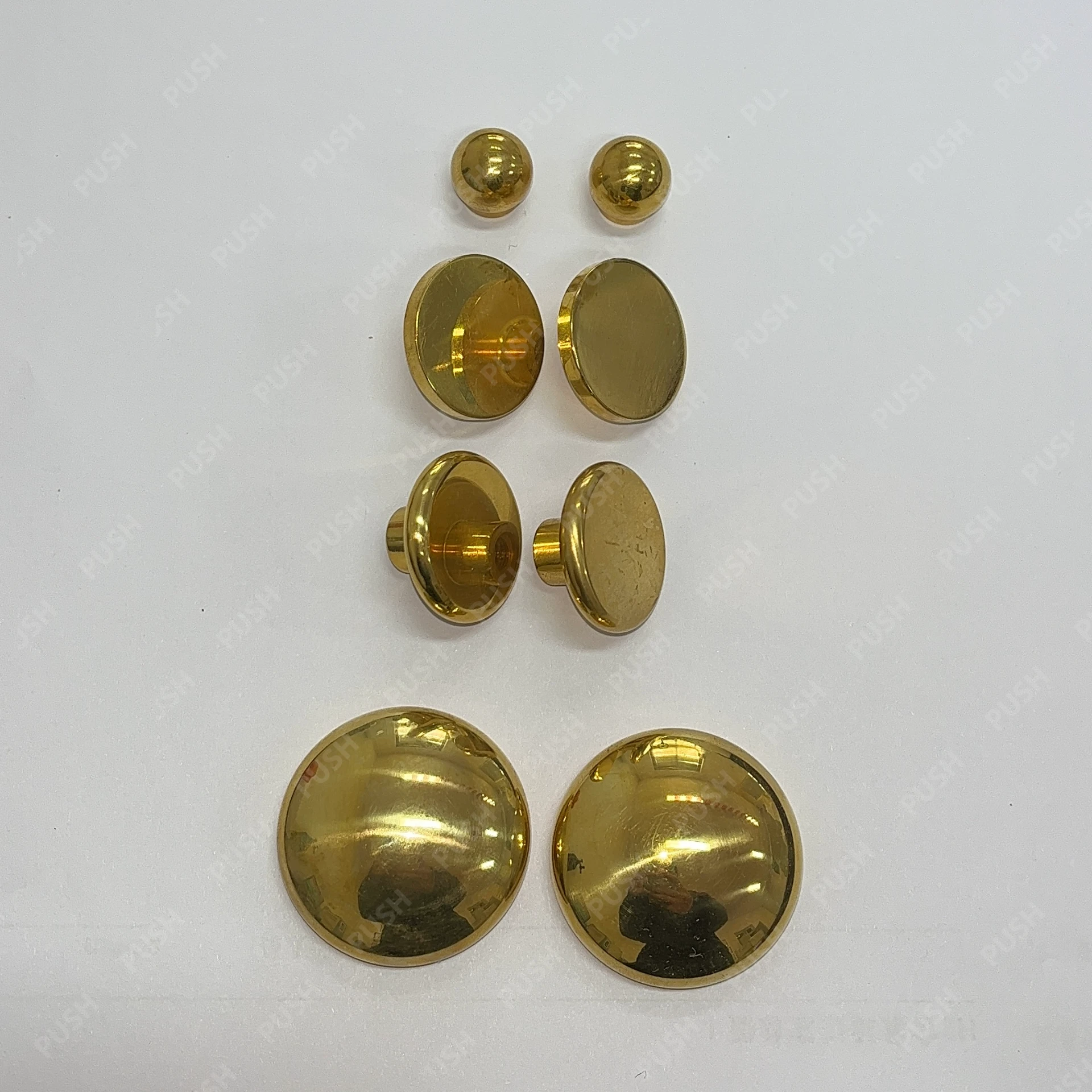 English
English


Gas Chromatography Unit – Precision Analysis for Chemical Separation
Gas chromatography (GC) is a powerful analytical technique widely used in various fields, including chemistry, environmental science, and food safety. This method allows for the separation, identification, and quantification of compounds in a mixture, making it a vital tool in laboratories around the world.
The fundamental principle of gas chromatography lies in the partitioning of volatile compounds between a stationary phase and a mobile gas phase
. In a typical setup, a sample is injected into the gas chromatography unit, where it is vaporized and carried by an inert gas, usually helium or nitrogen, through a long, coiled column. The column is lined with a stationary phase, which can either be a liquid or a solid, depending on the specific application.As the sample moves through the column, different compounds interact with the stationary phase to varying degrees, resulting in different retention times. This separation allows compounds to be detected at the end of the column using various detectors, such as a flame ionization detector (FID) or a mass spectrometer (MS).
One of the significant advantages of gas chromatography is its sensitivity and precision. It can detect components at trace levels, making it ideal for environmental monitoring, where pollutants in air, water, and soil must be measured accurately. For instance, GC can be employed to analyze volatile organic compounds (VOCs) in emissions from industrial processes or to screen for pesticides in agricultural products.
gas chromatography unit

In the food industry, gas chromatography is essential for ensuring quality and safety. It is used to analyze aroma compounds, flavor additives, and contaminants in food products. By providing precise measurements of these components, GC helps in maintaining standards and compliance with regulatory requirements.
Moreover, advancements in technology have led to the development of more sophisticated gas chromatography units, including those that incorporate mass spectrometry (GC-MS). This combination enhances the capability of the technique, providing structural information that aids in the identification of complex mixtures.
In conclusion, gas chromatography is an indispensable technique in analytical chemistry, offering unparalleled precision and sensitivity for the separation and analysis of volatile compounds. Its widespread application across various industries underscores its importance in research, quality control, and regulatory compliance. As technology continues to evolve, gas chromatography will undoubtedly continue to play a critical role in scientific and industrial applications.
-
Differences between open cup flash point tester and closed cup flash point testerNewsOct.31,2024
-
The Reliable Load Tap ChangerNewsOct.23,2024
-
The Essential Guide to Hipot TestersNewsOct.23,2024
-
The Digital Insulation TesterNewsOct.23,2024
-
The Best Earth Loop Impedance Tester for SaleNewsOct.23,2024
-
Tan Delta Tester--The Essential Tool for Electrical Insulation TestingNewsOct.23,2024





